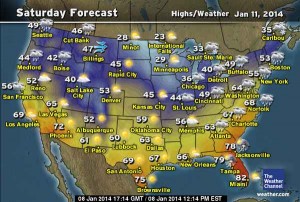by Matthew Wagstaff
To the untrained observer, it is quite easy to confuse a coral with other structures on the sea floor. It can be surprising at first to learn that corals are, in fact, animals just like you and me. Similar to most benthic organisms, corals move very little, and when they do, they often move very slowly. As a result, it is sometimes hard for us to grasp an understanding of the lives that they lead.
Dr. Pim Bongaerts, at the University of Queensland’s Global Change Institute, is attempting to do just that. As part of the ‘Catlin Seaview Survey’ of the Great Barrier Reef, Dr. Bongaerts has been capturing awesome time lapse footage of the reef and posting it to his website at: www.coraltimelapse.com. This footage has been sped up by 300-1800x, and is a great way to clearly see just how active corals actually are!
Here is some footage that his team recently shared with the BBC:
https://www.youtube.com/watch?v=fbYA6uZFJ-w


